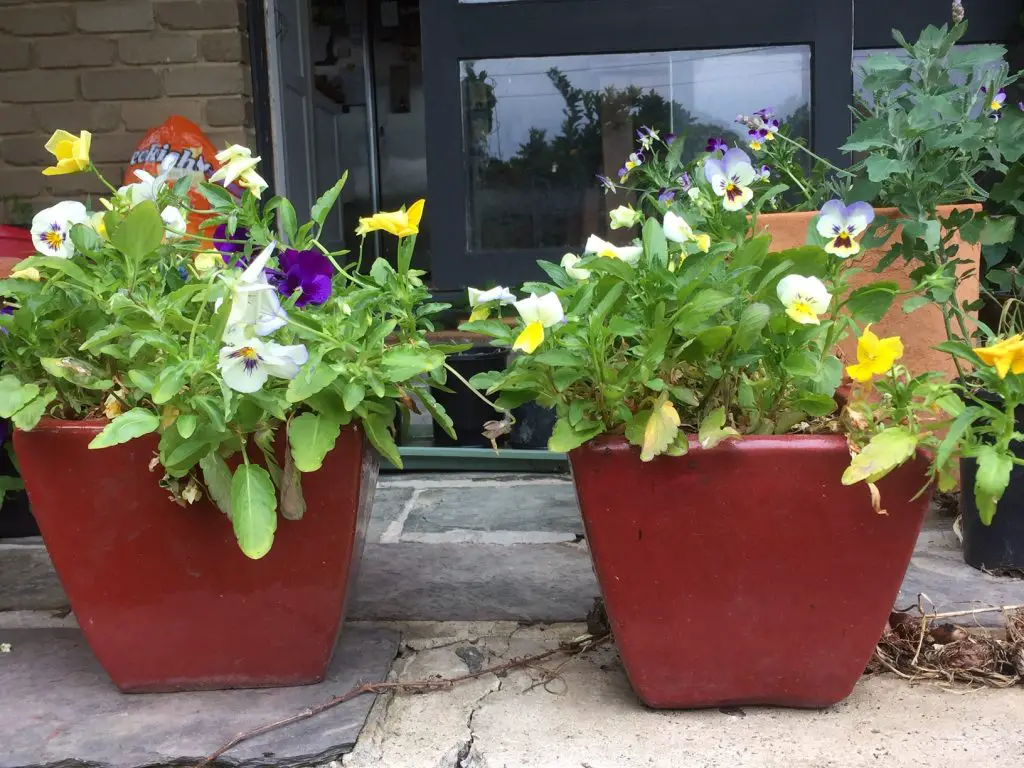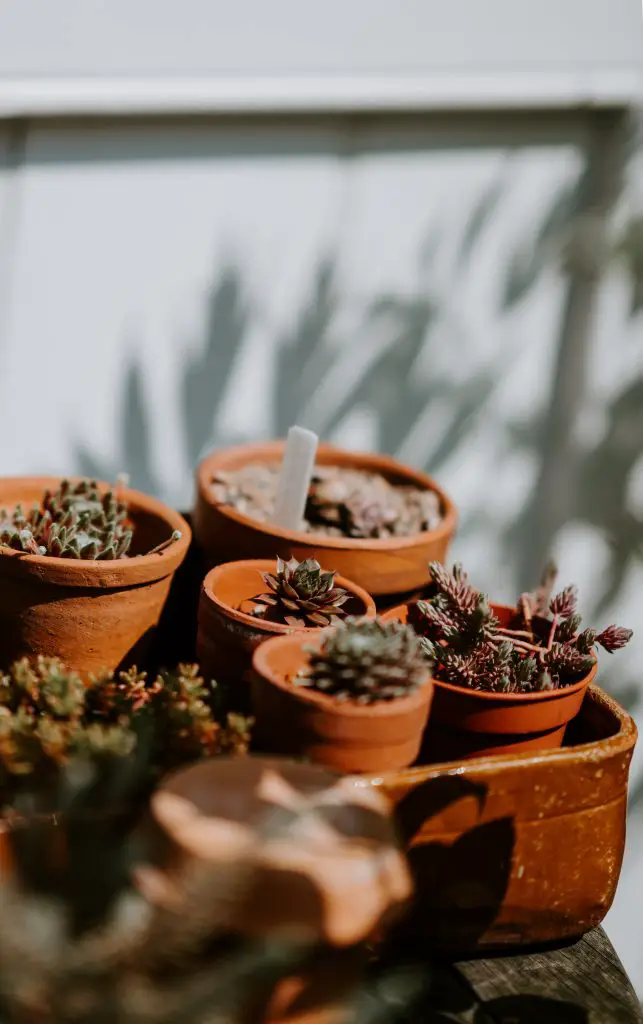What To Add To Potting Soil To Retain Moisture? When growing plants in pots one of the biggest problems is retaining sufficient moisture in the soil to ensure that the plants thrives. This is particularly important if you are going on holiday for a week or so over the summer.
To help retain moisture in containers there is a range of soil additives designed to help to improve the water holding capacity of the soil. The most well-known of these is Hydrogels which are polymers that are capable of holding a reservoir of water within their structure. These products are also as known commercially as Polyter, WaterCrystals, Orbeez, Watergel, Hydrogel, Hydrosource to name just a few alias.
Three major groups of hydrogels:
- “Natural” hydrogels are derived from starch, extracted from plants. These are most commonly used in food applications.
- Cellulosic hydrogels are also derived from plant-based materials containing cellulose. They are most commonly used in cosmetics applications.
- Synthetic hydrogels are manufactured using petroleum-based chemicals. This is the most commonly available type that is used in agricultural applications.
Do Hydrogels (Water Crystals) Really Improve Water Retention?
Synthetic Hydrogels or water crystals are made of Polyacrylamide (PAM) polymer chains that are cross-linked to form a structure similar to a tennis net. The gaps within the net hold the water that is made available for plants later on.
When the hydrogels absorb that water they turn from a sugar-like powder into a clear jelly-like substance. When the hydrogels are saturated with water they are around 500 times higher in weight. The theory is that when the soil dries out the hydrogels will release water into the surrounding area making it available to plants. The hydrogels can then be rehydrated allowing the process to be repeated over and over again.
However, while it clear that the crystals absorb water it raised several questions; Do Hydrogel really increase the moisture retention, and for how long and can the plant access this moisture?

To test this I conducted a little experiment at home with a soil moisture meter where two small pots were placed side by side with pansies planted in each pot. One of the pots contained no Hydrogels and the other contained one teaspoon of the Hydrogels.
At the start of the trial, the plants were watered thoroughly and then allowed to drain before being tested using the soil meter. The pots were not watered again and the moisture content was measured daily for a month. The results are shown in the graph below.

The results indicate that the pot with the Hydrogels had a consistently higher reading. It typically took about a week longer to reach the same moisture level as the pot without the Hydrogels in it. The exception to this being right at the end of the trial where the moisture level of the pot without the Hydrogels really fell away quickly.
In terms of the health of the plants within the pots, both plants began to wilt when the moisture level in the soil fell below 20%. This suggests that the presence of the Hydrogel neither helps nor hinders the plants’ ability to access moisture that is present in the pot.
As with the moisture readings wilting of the plants occurred approximately one week apart. However, an important observation noted was that at the end of the trial when normal watering was resumed for both plants only the plant containing Hydrogels survived. This is most likely because the moisture level in the pot without Hydrogels really fell away quickly resulting in undue stress on the plant.
These results suggest that the Hydrogels will help retain moisture in the soil allowing plants to better cope with dry conditions for a greater length of time. The length of time that soil will retain moisture will be significantly affected by the volume of the pot, the climatic conditions, and the concentration of the crystals present in the soil.

How To Add Hydrogels to Soil
The addition of Hydrogels to soil is a relatively straightforward process. They can be added as a dry powder to the soil. The addition rate recommended is around half a teaspoon per quart or litre of soil. However, when filling a pot for the first time it recommended that you pre-soak the soil before filling the pot.
The reason for this is because the hydrogels will expand significantly when hydrated this can result in the pot overflowing with soil. The alternative method is to pre-soak the crystals before mixing them with the soil. The advantage of doing this is that you can hydrate the crystals with an additive such as dilute fish emulsion that can aid the plants’ growth.
Are Synthetic Hydrogels Safe To Use With Vegetables?
Many of the commercially available Synthetic Hydrogels that are sold are labeled as Non-Hazardous and are suitable use for growing with vegetables. So what are the risks associated with using Synthetic Hydrogels with edible crops?
Synthetic Hydrogels are based on Polyacrylamide polymers which themselves are non-toxic. However, they are produced using the monomer Acrylamide which is toxic and has been linked to cancer. The primary concern many people have with using these types of products is the production of acrylamide during the degradation of the polymer.
However, there are detailed studies that have looked at Acrylamide levels in Potatoes, Beans and Corn produced in fields that have had Polyacrylamides applied to them and no Acrylamide was detected in the crops. Detection Limit of the equipment used in the study 10 parts per billion, which is extremely low. This is finding is supported by other studies that produced similar results.
Additionally, the study also indicated that any Acrylamide that was formed in the soil is quite is unstable and degrades quickly with the article stating that “the half-life of Acrylamide in aerobic soil is in the order of only several days at 20°C”.
Based on these findings there is minimal risk associated with using Hydrogels with edible crops, even roots crops that have the edible section of the plant in direct contact with the soil. If you would like to purchase Hydrogels for your garden they are available on Amazon.
